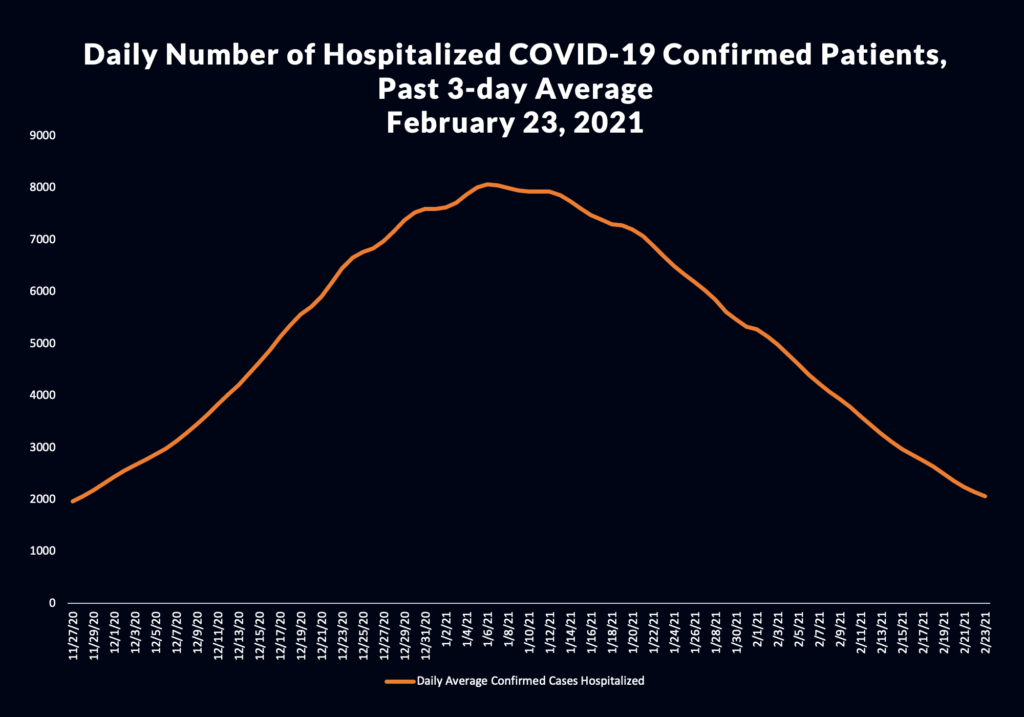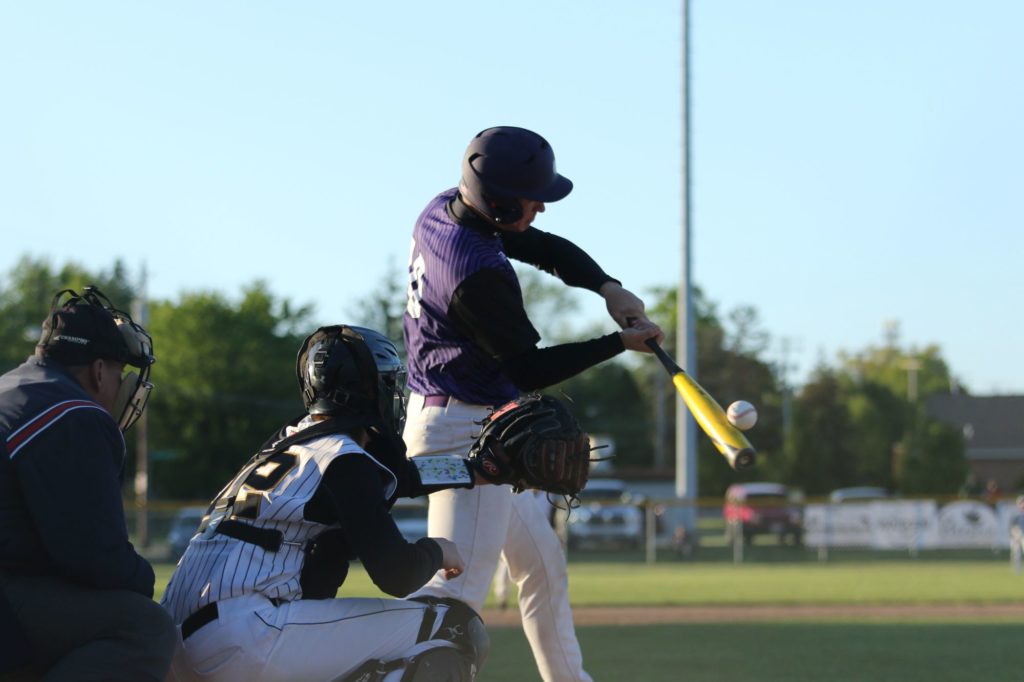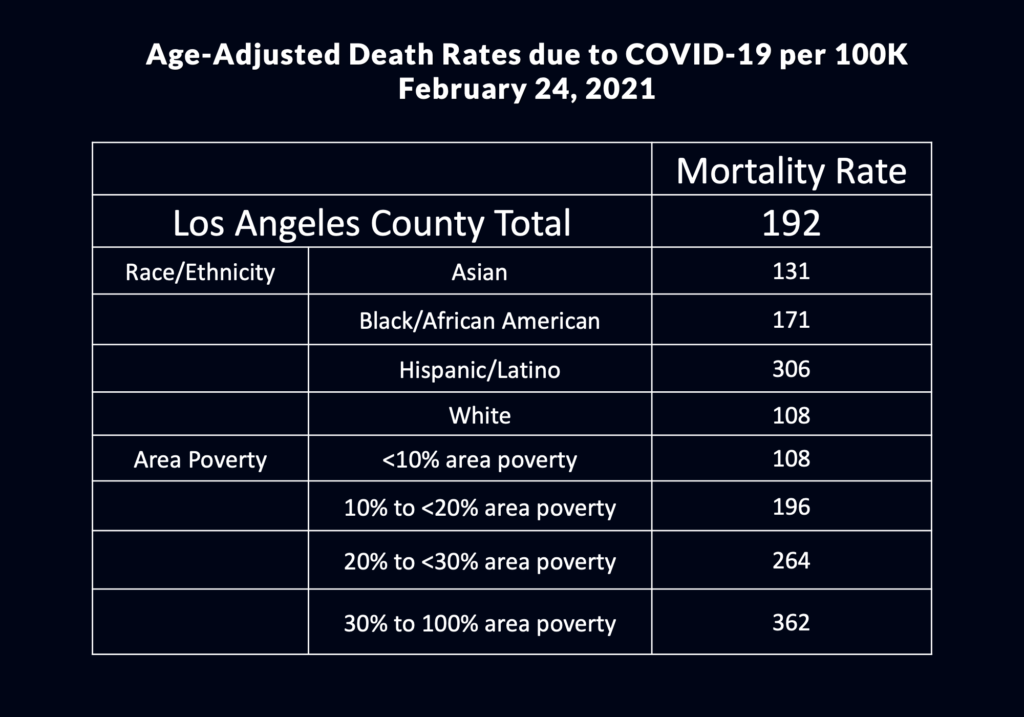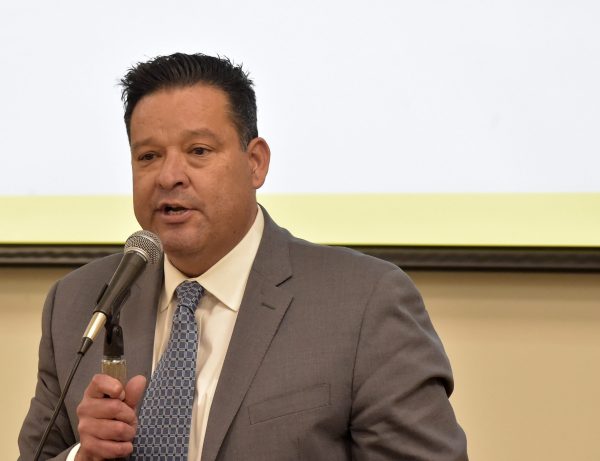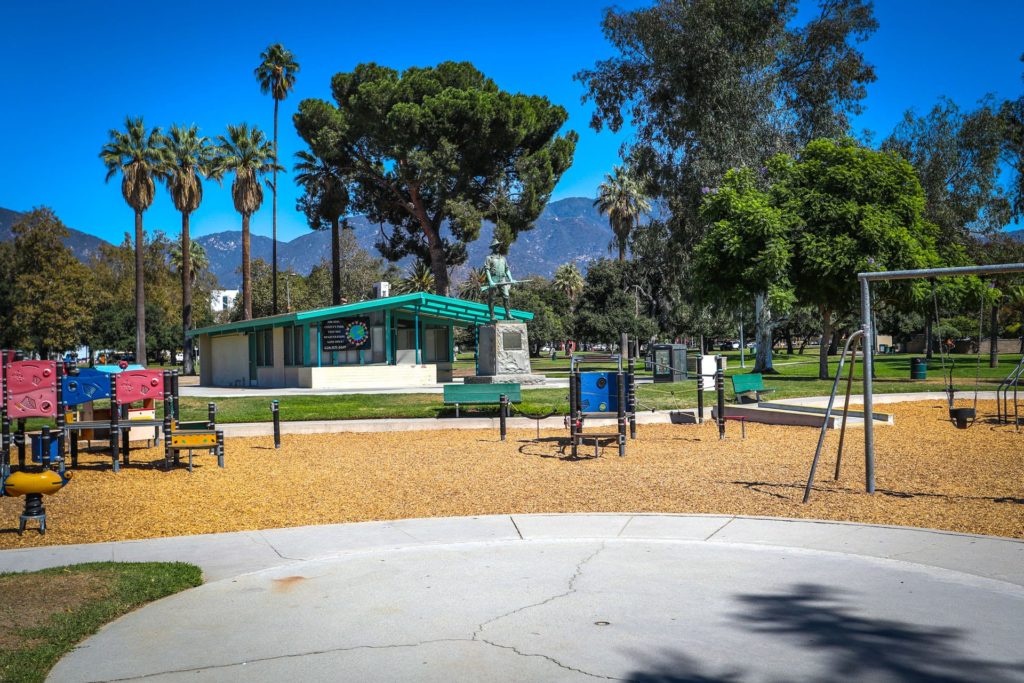
Through a motion by Supervisor Kathryn Barger that aims to invest services and programs in Los Angeles County communities, the Board of Supervisors approved the budget restoration of the Department of Parks and Recreation.
“After a year of decreased social and physical activity for families across Los Angeles County, our renewed focus on programs, staff, and services at local parks and nature centers provides an opportunity to rejuvenate our residents,” Barger said. “Parks programs are a fundamental part of wellness for our neighborhoods and provide opportunities to play, grow, and create lasting memories.”
The cost of restoring recreation programming is $2.1 million in fiscal year 2020-2021 and $8.5 million of ongoing cost. The motion, coauthored by Chair Hilda L. Solis, approved funding for hiring, training, and staffing hours previously cut back because of the pandemic, which will enable the department to provide safe opportunities and places for youth to play, including sports clinics and access to nature and open space.
Additionally, the motion allows the department to restore aquatics programming, including swimming lessons, recreational swim, pool access, lakes, and therapy and wellness. The cost of restoring swimming days at Santa Fe Dam and Castaic Lake Recreation Area is $243,000 in fiscal year 2020-2021 and $580,000 in ongoing costs. The budget will resume community pool operations in Arcadia, Granada Hills, Altadena, Littlerock, Quartz Hill, and Castaic.
“The pandemic has proven that parks are an important place for our vulnerable residents to seek refuge, rest, and recreation,” Barger said. “In many of our neediest areas, Parks and Recreation is the sole provider of affordable and accessible youth recreation and after school programs.”
The motion enables the Parks Department, CEO, and other partner departments to identify and allocate funding for the Parks After Dark program, which is particularly important given the increase in crime and mental health stresses presented over the last year. This program was hosted at 33 parks before the pandemic and cost $6.8 million.
Low-income families and communities are most impacted by the pandemic and are also those who most benefit from the Department of Parks and Recreation’s services and activities. Restoring recreation programs addresses the devastating impact of COVID-19 and provides much-needed healing and community connection. Physical and mental health benefits through social connection provide a lifeline to youth who need support.
Because of the public health crisis, Parks and Recreation was required to cut 8% of its costs last fiscal year, which was a $12.9 million reduction in net county cost funding, plus an extra $9.9 million because of revenue shortfalls. This led to a massive cut in staff, as the department significantly reduced its recurrent and temporary staff by 857 employees, recreation services staff were cut by 43%, lake lifeguards were reduced by nine positions, and pool lifeguard positions were completely eliminated.
“Restoring the Department of Parks and Recreation’s budget also allows hundreds of hard-working, passionate staff to return to work,” Barger said.


